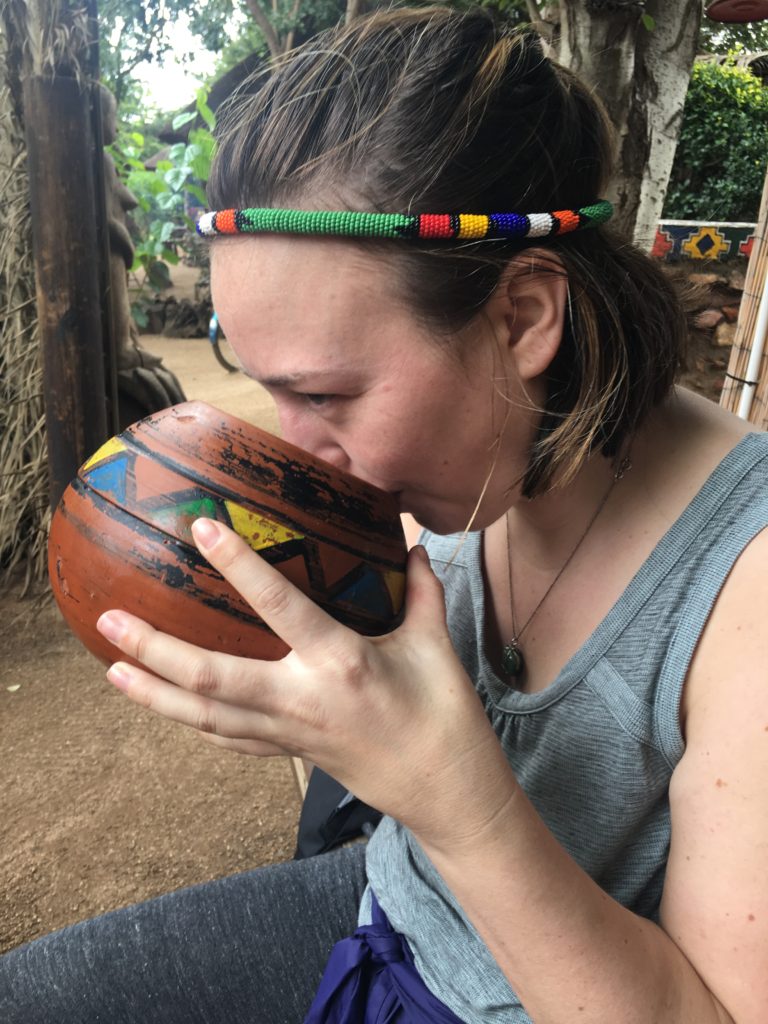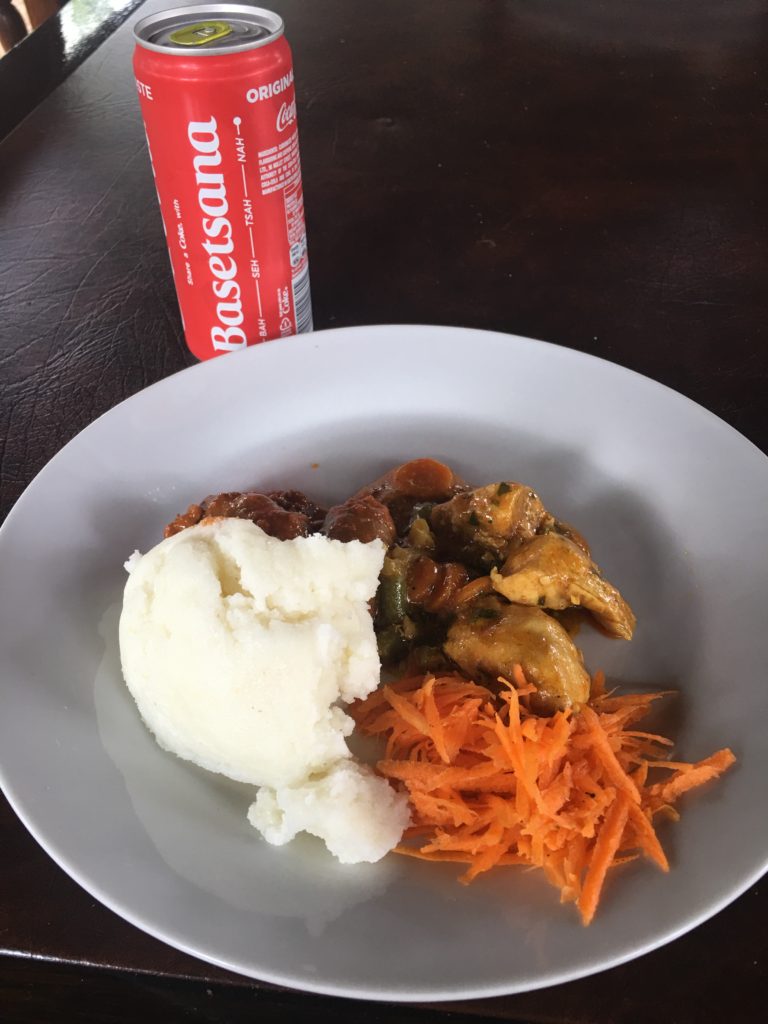
There is something magical about Soweto. Yes, it was a prison designed by our oppressors, but it also gave us a sense of self-determination and control. Soweto was ours. It had an aspirational quality that you don’t find elsewhere. In America the dream is to make it out of the ghetto. In Soweto, because there was no leaving the ghetto, the dream was to transform the ghetto.
Trevor Noah, Born a Crime
Johannesburg has a reputation for being dangerous and that is due in part to the violence that occurred during apartheid in the townships. If you aren’t familiar with the term township, it’s essentially a government-sanctioned ghetto.
Non-white people were removed from their homes in parts of South Africa and sent to an empty piece of land, given a few materials, and told this was their new home. Crude homes were constructed with wood and corrugated tin with additions being added when money was available. This is obviously an oversimplification, but it gives you an idea.
This post contains affiliate links that can earn this website a small income. They will not cost you anything to use.

Soweto, named for the SOuthWEstern TOwnships, became the most well-known in South Africa. Black residents of the city were forcibly removed to this former mining area in the 1930s. It grew in population, becoming a city in its own right made up of smaller neighborhoods within it like Orlando West.
Riots were sparked in the 1970s and 80s. Today it has between three and five million inhabitants, according to my guide, and the area hosted the 2010 World Cup at the nearby FNB Stadium.

Just like when I went to Israel and my mom asked me not to go to the West Bank (spoiler alert: I did), she definitely would have discouraged me from visiting the townships in one of the most dangerous cities in the world. But it’s important to me that I actually learn about the places I visit. And Soweto is significant when it comes to South African history.
After my day visiting the Apartheid Museum, I decided to spend the next day in Soweto to see where some of these events took place. I signed up for a two-hour bike tour with Lebo’s, a longtime hostel and tour operator in Soweto.

Before I go any further, I’d like to discuss the tourism of these types of neighborhoods. You should not just show up and wander around the townships on your own. Hire a local guide or go with a tour because you need to hear about the background of the neighborhoods, not just gawk at poverty.
This is someone’s home. Slum tourism is something I do not condone in most of the world, but I think Soweto is different because there are significant landmarks like the homes of Nelson Mandela and Archbishop Desmond Tutu.
I met my tour group in the early afternoon, a group from all over the globe. We were introduced to our guides and after a song and dance, we picked our bikes and put on helmets. There were stops along the way, pointing out the famous stadium and showing the different types of homes in the different parts of Soweto.
There were some apartments that would fit in in most cities in the world and there were very basic shacks with wires precariously connected for power. There were buildings never opened to residents because of corruption, a common theme in South Africa.

We also visited Soweto’s most important landmarks, the places related to the fight to end Apartheid. The home where Nelson Mandela lived is now a museum and while we didn’t have time to tour it, it was interesting to see. Just down the street, we stopped at the Hector Pieterson Museum and Memorial.
I didn’t know his story before, but it is dedicated to a young schoolboy who was killed in the Soweto Uprising after the forced teaching of Afrikaans in schools. The museum tells his story, which reminded me of the Children’s Crusade during the Civil Rights Movement. The students were an important part of the movement, just as they were and continue to be in America.

The day ended back at Lebo’s, where the staff had prepared a traditional lunch for us. There were chicken and beef in sauces with pap, a grits-like starch. We also had traditionally brewed sorghum beer and wore crowns based on our marital status.
What left the biggest impact on me was the community within Soweto where over a dozen languages are spoken. The townships created their own economies, including independent minibus services and roadside eateries selling sweet and salty snacks. I had seen impoverished areas in my travel before: in rural Northern Thailand, in tropical Nicaragua, even in America. But Soweto is unlike all the rest.


Before we even left for the day, our guides, who live and work in Soweto, thanked us for visiting. They said it was important to “
Tips for Visiting Soweto

Lebo’s Soweto Backpackers offers tours by bike, by foot, and by pedicab for varying lengths. My bike tour was 550 ZAR ($38 USD). They offer transportation, but it’s also an easy Uber ride. I wished I’d had time to stay at the hostel because it was lovely, like an oasis in a sprawling city. The hostel has dorm and private rooms, a private guesthouse, and campsites.
Lebo’s also welcomes volunteers and donations to give back to the community. They look for educational materials and sporting equipment and also plant trees. They offer cooking classes, monthly storytelling sessions, and even have an outdoor restaurant and bar.
The Mandela House is open to tours and adds to the bigger picture of the former president’s life. The Tutu House isn’t a museum, but has a historic marker about the Nobel Prize winner. If you have more time, visit the Orlando Towers, two decommissioned power stations now painted with murals.
There is a
Further Reading
Township Life: Meet Alexandra, South Africa, Adventurous Kate- “Alex” is considered to be the roughest of the townships. Kate visited this area with a guide on one of her trips, eating at a local restaurant
Born a Crime: Stories from a South African Childhood, Trevor Noah- This is an incredible book about the comedian and late night host’s childhood. He grew up with family in Soweto and spent his twenties in Alexandra and describes them in beautiful detail (like the intro quote).
A Favela Tour in Vidigal, Rio de Janeiro: How to Do One Respectfully and Responsibly, Uncornered Market- While not about South Africa, I think this post is an important one to read when it comes to how to see impoverished neighborhoods responsibly.
Leave a Reply